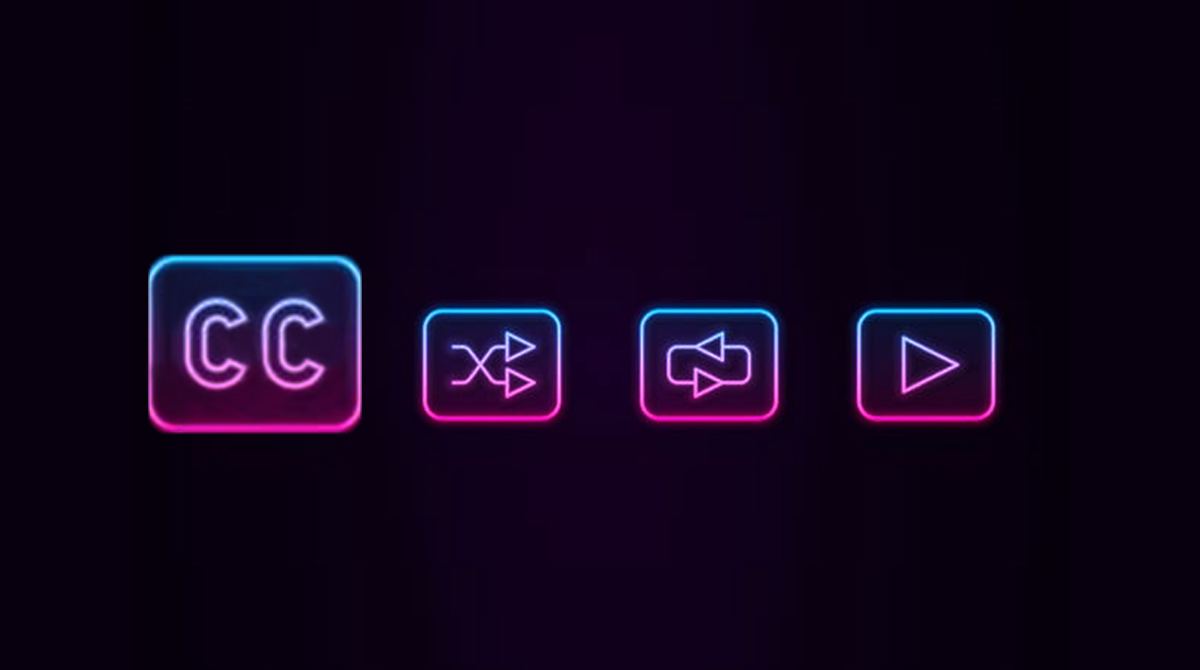O eterno dilema do espectador em outro idioma
Em seus primeiros 28 dias, Squid Game teve 111 milhões de visualizações e se tornou a melhor
estreia da série na Netflix. Foi um fenômeno de audiência que ultrapassou os 80 milhões de
pessoas que falam a língua em todo o mundo. Como resultado, milhões de espectadores
recorreram às legendas ou à opção de dublagem.
A ficção coreana restabeleceu o antigo debate: dublagem ou legendas. A tendencia indica que a
legendagem está tomando a dianteira. Em 2020, Chris Carey, gerente do Iyuno Media Group, pioneiros americanos em dublagem e legendagem de filmes, disse à IndieWire que no último ano
eles geraram 44.000 horas de dublagem vs 300.000 horas de legendagem.
Os dados podem ser conectados ao desafio de adaptar o idioma coreano a uma dublagem em
espanhol, por exemplo, no que significa sincronizar o número de sílabas e movimentos labiais em idiomas que são muito diferentes, tanto na fonética quanto na sintaxe. Isto é conhecido na indústria como Lipsync ou sincronização labial.
Quando uma empresa como a eSteno, que soma milhares de horas de legendas por ano, trabalha nas legendas de uma série como Squid Game, ela convida o espectador a absorver o ritmo e a musicalidade da linguagem original que é uma parte essencial da personalidade e da vida dos personagens.
O Coringa brinca com o título
Bastava que o diretor Todd Phillips colocasse o nome da sequência do “Coringa” em sua conta de
Instagram para que o mundo inteiro começasse a procurar a tradução que daria pistas sobre a
nova aventura do vilão do Batman. Joker: Folie à Deux é
o nome do filme estrelado por Joaquin
Phoenix. Vários meios de comunicação fizeram eco de uma tradução literal: Loucura para Dois ou
Loucura Compartilhada. E os fãs estão começando a especular o que o jogo está escondendo. A
vilã Harley Quinn ou a aparição do Batman no filme são duas teorias derivadas da tradução do
título, o que às vezes é uma dor de cabeça para a indústria. Na Espanha, por exemplo, a primeira
prestação do Coringa foi
fatalmente rebatizada de El Bromas, pelo qual já estão surgindo teorias sobre como o novo filme
de Phillips será chamado no país. Para cuidar até destes menores detalhes, a eSteno oferece
assessoria em todo o processo de legendagem de uma obra e adaptação de um roteiro, levando em conta as variáveis de cada região ou país. O importante é ter profissionais que conheçam o produto e o interpretem de forma adequada às diferentes idiossincrasias e realidades. Isto evita que o título mesmo se torne uma piada.
Ver quando não se pode ouvir, ouvir quando não se pode ver
No mundo audiovisual, existem duas grandes categorias de legendas: legendas abertas e
legendas fechadas. As legendas abertas fornecem apenas o diálogo, enquanto as legendas fechadas fornecem descrições de tudo o que acontece na tela. Desta forma, usuários com deficiência auditiva e surdos podem entender o que está acontecendo na TV ou no cinema. Esta é também a preferência para transmissões audiovisuais em aviões, estações de trem, hospitais, metrôs e bares onde a captação do áudio do que está na tela é muitas vezes impossível.
O acesso a sons não-verbais como risos, aplausos, batidas ou música de fundo proporciona igualdade e amplia a experiência do espectador.
O trabalho da eSteno em legendagem é, portanto, minucioso e detalhado, e ele acredita que
quando alguém não pode ouvir, tem o direito de entender se o que um personagem está dizendo é
irônico ou não. Com legendas fechadas, os usuários com deficiência auditiva podem entender
personagens como o Dr. House, que sempre fala com ironia e humor negro.
Da mesma forma, graças ao serviço de descrição de áudio (AD), as pessoas cegas ou deficientes
visuais podem acessar o conteúdo como uma pessoa que vê. A AD é uma ferramenta inclusiva,
cuja finalidade é narrar as informações mais relevantes contidas em uma imagem dentro de uma peça audiovisual para aqueles que não podem vê-la.





